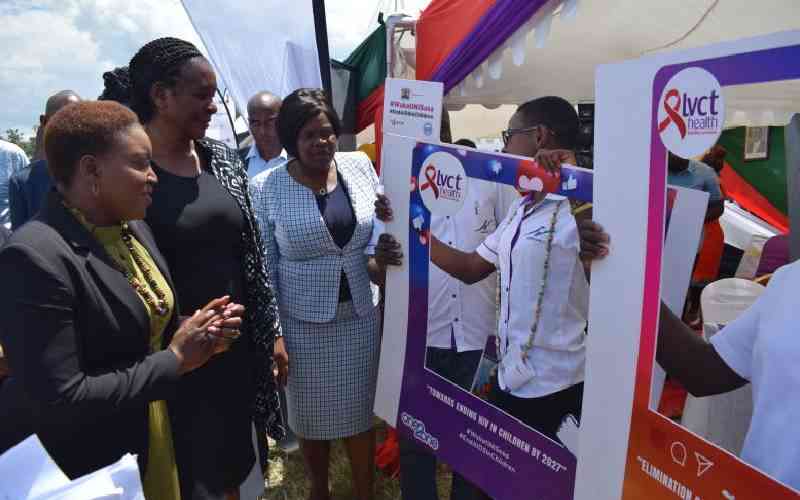×
The Standard e-Paper
Kenya's Bold Newspaper

The day was cool and the sky was like a dome of plasma blue as we made our way to Kasule village in Kisumu Central Sub-County to meet with a group of persons living with HIV.
Atieno (real name withheld) received a standing ovation from fellow HIV and Aids survivors when she took to the podium to tell her experiences and struggles.